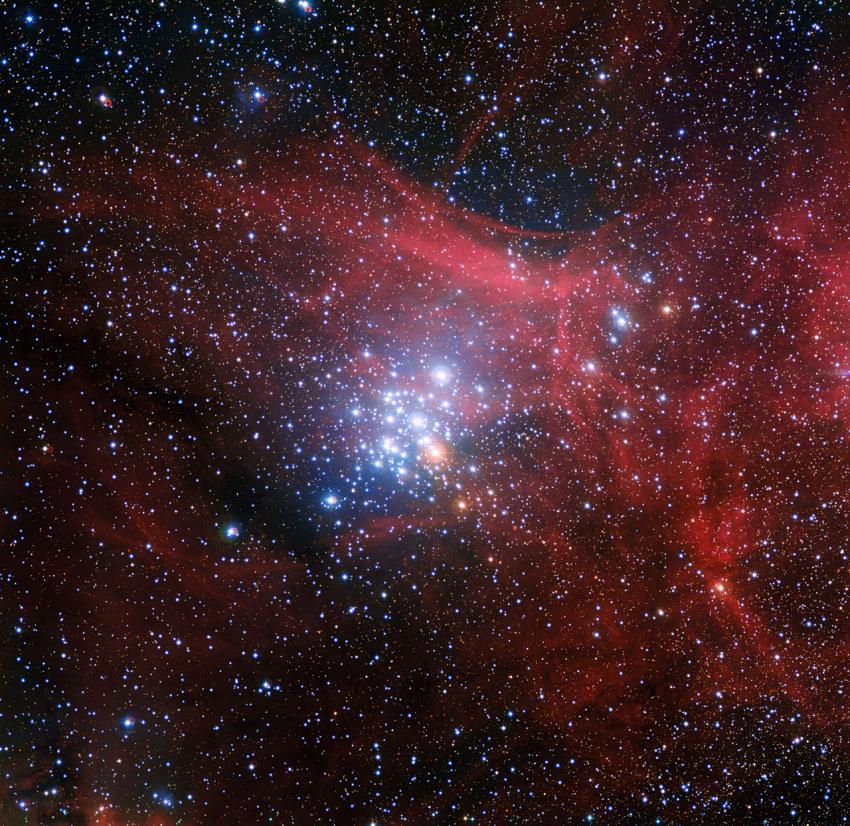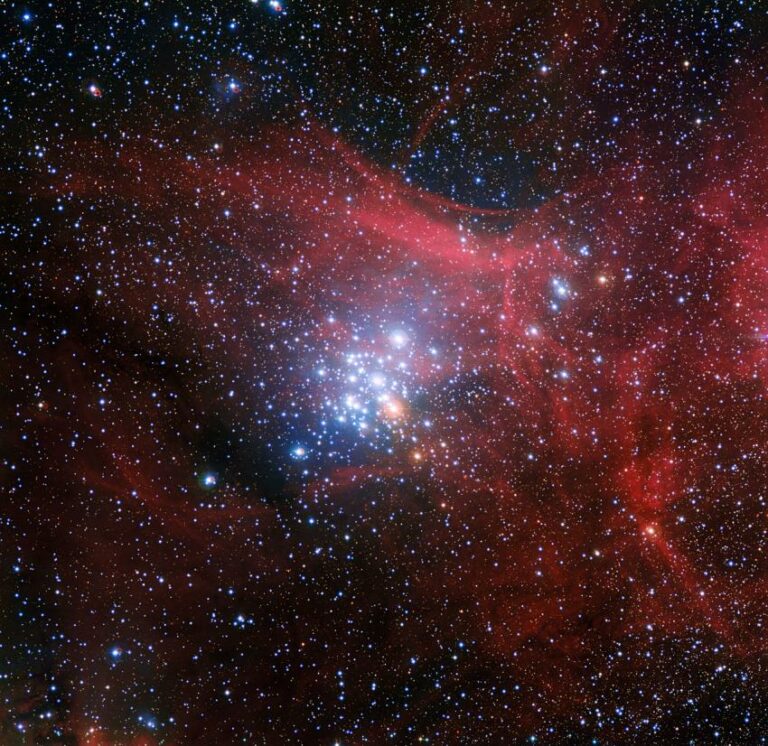The Life Cycles and Demises of Stellar Siblings
NGC 3293, a stunning star cluster, is located 8000 light-years away from Earth in the Carina constellation. Discovered by French astronomer Nicolas-Louis de Lacaille in 1751, while he was in what is now South Africa, using a small 12 millimetre telescope, this cluster shines as one of the brightest in the southern sky. Even without any optical aid, it can be easily observed on a clear, dark night.
Star clusters like NGC 3293 are composed of stars that formed simultaneously, at the same distance from Earth, and from the same cloud of gas and dust. This shared origin grants them an identical chemical composition, making them valuable for studying stellar evolution theory.
The majority of stars within NGC 3293 are relatively young, with the cluster itself being less than 10 million years old. In cosmic terms, this is considered quite youthful, especially when compared to the Sun’s age of 4.6 billion years, placing it in the middle-aged category. Open clusters like NGC 3293, as well as the more renowned Kappa Crucis cluster (also known as the Jewel Box or NGC 4755), often exhibit an abundance of bright, blue, and youthful stars.
These open clusters form from massive clouds of molecular gas, with their stars held together by the gravitational attraction they share. However, this gravitational force alone is insufficient to withstand encounters with other clusters and gas clouds, leading to the dissipation of the cluster’s own gas and dust. Consequently, open clusters have a limited lifespan of a few hundred million years, unlike their larger counterparts, the globular clusters, which can endure for billions of years and contain a significantly higher number of stars.

Although there is some evidence suggesting ongoing star formation in NGC 3293, it is believed that the majority, if not all, of the nearly fifty stars in this cluster were born during a single event.
However, despite sharing the same age, not all of these stars possess the dazzling appearance of a youthful star. In fact, some of them appear quite elderly, providing astronomers with an opportunity to investigate the varying rates at which stars evolve and the reasons behind it.
Let’s consider the bright orange star located at the bottom right of the cluster. This particular star, a red giant, would have initially been born as one of the largest and most radiant stars among its peers. However, bright stars tend to burn out quickly. As this star depleted the fuel at its core, its internal dynamics underwent changes, causing it to expand and cool down. Consequently, it transformed into the red giant that we currently observe. While red giants are nearing the end of their life cycle, the sister stars of this red giant are still in the pre-main-sequence phase, which is the period preceding the long, stable middle phase of a star’s life. We perceive these stars as hot, bright, and white against the backdrop of red and dusty surroundings.
This article is republished from PhysORG under a Creative Commons license. Read the original article.
Do not forget to share your opinion with us to provide you with the best posts !




0 Comments